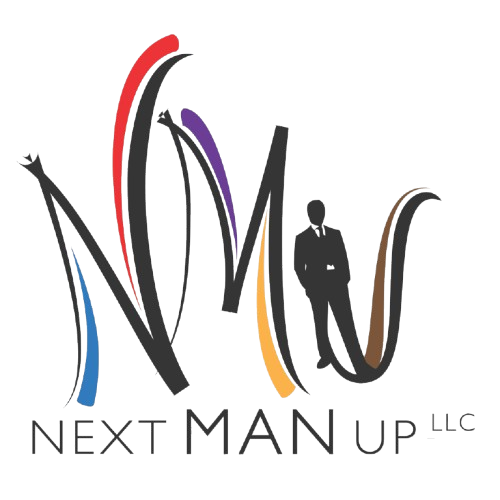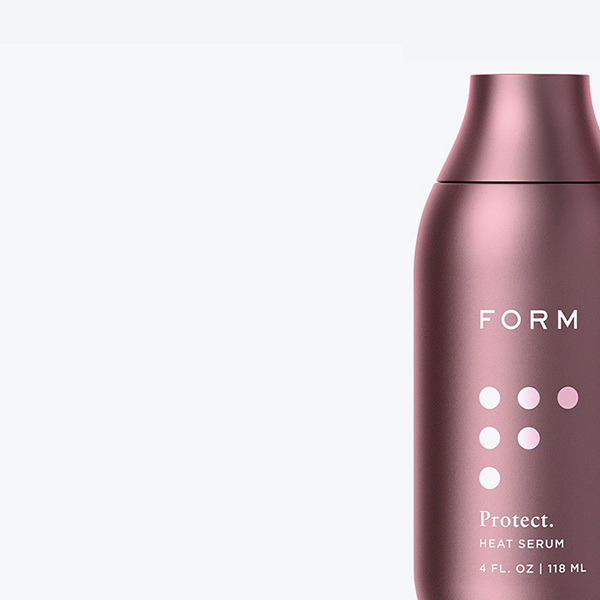Blood pressure is typically recorded as two numbers, written as a ratio like this: 170/80. The top number, (systolic pressure) which is also the higher of the two numbers, measures the pressure in the arteries when the heart beats. The bottom number (diastolic pressure), which is also the lower of the two numbers, measures the pressure in the arteries between heartbeats. Below is a chart adapted from the American Heart Association for your reference.
This chart reflects blood pressure categories defined by the American Heart Association.
| Blood Pressure Category |
Systolic mm Hg (upper #) |
Diastolic mm Hg (lower #) |
|
| Normal | less than 120 | and | less than 80 |
| Prehypertension | 120 – 139 | or | 80 – 89 |
| High Blood Pressure (Hypertension) Stage 1 |
140 – 159 | or | 90 – 99 |
| High Blood Pressure (Hypertension) Stage 2 |
160 or higher | or | 100 or higher |
| Hypertensive Crisis (Emergency care needed) |
Higher than 180 | or | Higher than 110 |
Starting at age 20, the American Heart Association recommends a blood pressure screening at your regular healthcare visit or once every 2 years, if your blood pressure is less than 120/80 mm Hg.
Your blood pressure can fluctuate from minute to minute and also based on your posture, exercise, stress or sleep. The deal pressure should be less than 120/80 mm Hg for an adult age 20 or over. About one in three U.S. adults has high blood pressure.
A single high reading does not mean you have high blood pressure. However, if your readings consistently stay 140/90 and higher, your doctor will likely want you to begin a treatment regimen which will consist of almost always a lifestyle change and often prescription medication for those with readings of 140/90 or higher.
Per the American Heart Association if, while monitoring your blood pressure, you get a systolic reading of 180 mm Hg or higher OR a diastolic reading of 110 mm HG or higher, wait a couple of minutes and take it again. If the reading is still at or above that level, you should seek immediate emergency medical treatment for a hypertensive crisis. If you can’t access the emergency medical services (EMS), have someone drive you to the hospital right away.
One of the staff members of Next Man Up will be available to take your blood pressure and give you a copy of it for your record.
Disclaimer
This article is for informational purposes ONLY. It is not to suggest nor diagnose any disease state. ALWAYS seek professional help from a medically licensed professional.

